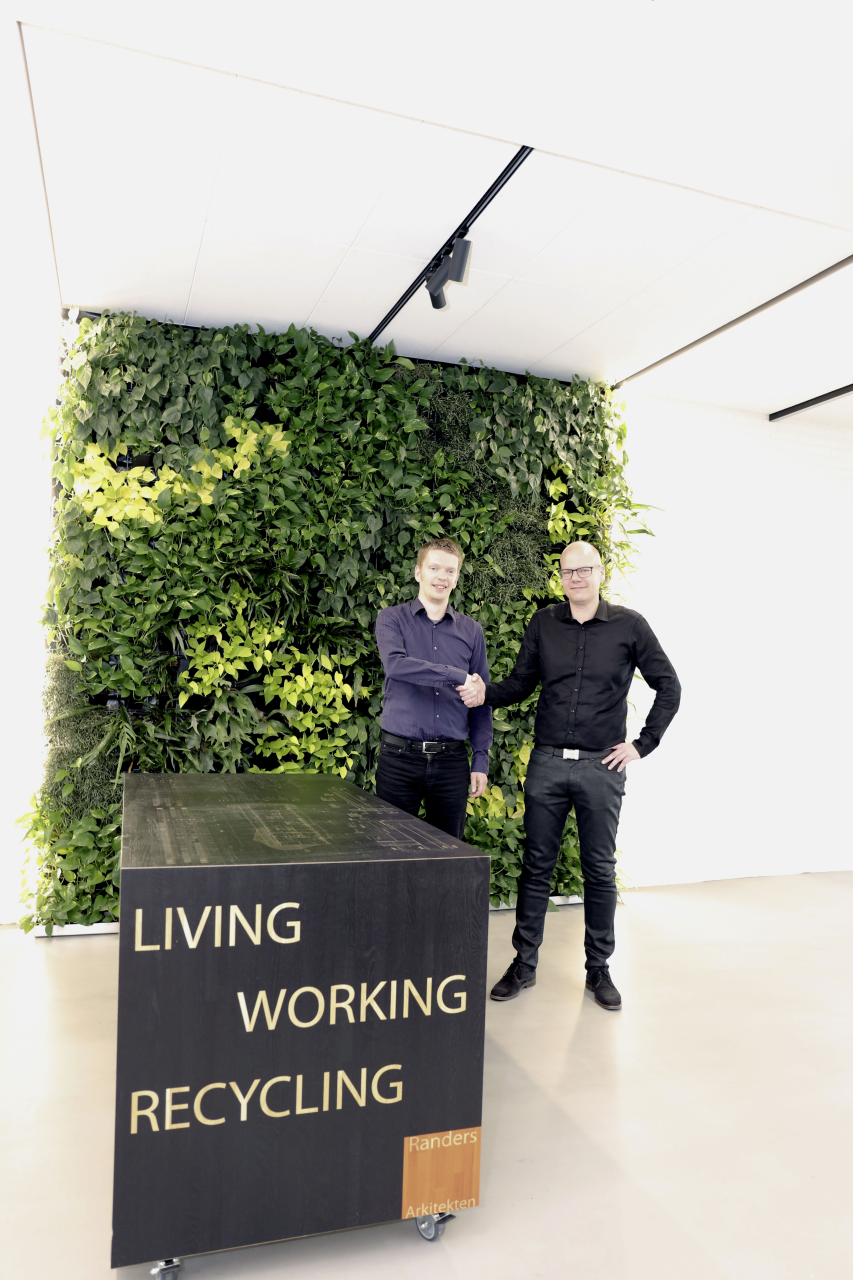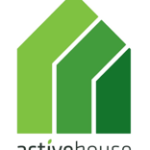Randers Arkitektens Architectural Studio as ActiveHouse

The aim of the project is to inspire both clients and the general industry to integrate sustainability as an aesthetic and phenomenological parameter in building projects.
“Our architectural studio is born with the focus on sustainable architecture, and the conversion of our studio is thus also an aspiration to experience the effects and reflect upon the design processes” – says Brian Andersen, architect MAA and founder of Randers Arkitekten.
The primary focus of the conversion has been the environmental and comfort parameters in order to create some functional works spaces.

Comfort:
An effective tool for the air quality is a big plant wall in the office space which helps purify the air. Additional to the comfort-related effects of having plants in the work space, there is an obvious aesthetic quality.
Big curtain walls in the facades are preserved to exploit the high level of daylight, reducing the need for using electrical lighting, but to reduce the risk of overheating, the existing overhang is preserved but supplemented by a solar film is added to the glass. The facades are upgraded with movable solar screens of wooden lamellae, and these passive strategies reduce the need for cooling of the space.
The electrical lighting is furthermore controlled by the space temperature and the direct sunlight, so that it turns on at a minimum of direct sunlight of 0,4kW and turns off whenever the space temperature reaches above 28 degrees.

Environment:
The furniture is generally made from reusable materials, and the lamps are custom designed energy-efficient LED.
The wooden lamellae in the facades are made from PEFC-certified wood.
All plumbing installations (toilets, dishwashers and water taps) are water saving, saving 55%, thus the project scores the highest possible value in this parameter.

Energy:
For the optimization of the energy consumption, the existing windows with a U-value of 2,7 W/m2K are exchanged for new windows with a U-value of 0,72 W/m2K.
Conclusion:
The renovation project shows that there is a huge potential in exploiting our existing buildings while still achieving a reasonable building performance regarding both, energy, environmental sustainability and comfort.
The existing building stock constitute an important part of our cultural identity, both locally and nationally. Based on this project we hope to inspire others to preserve the qualitative building mass while using the simple tools that ActiveHouse make available for the process.


